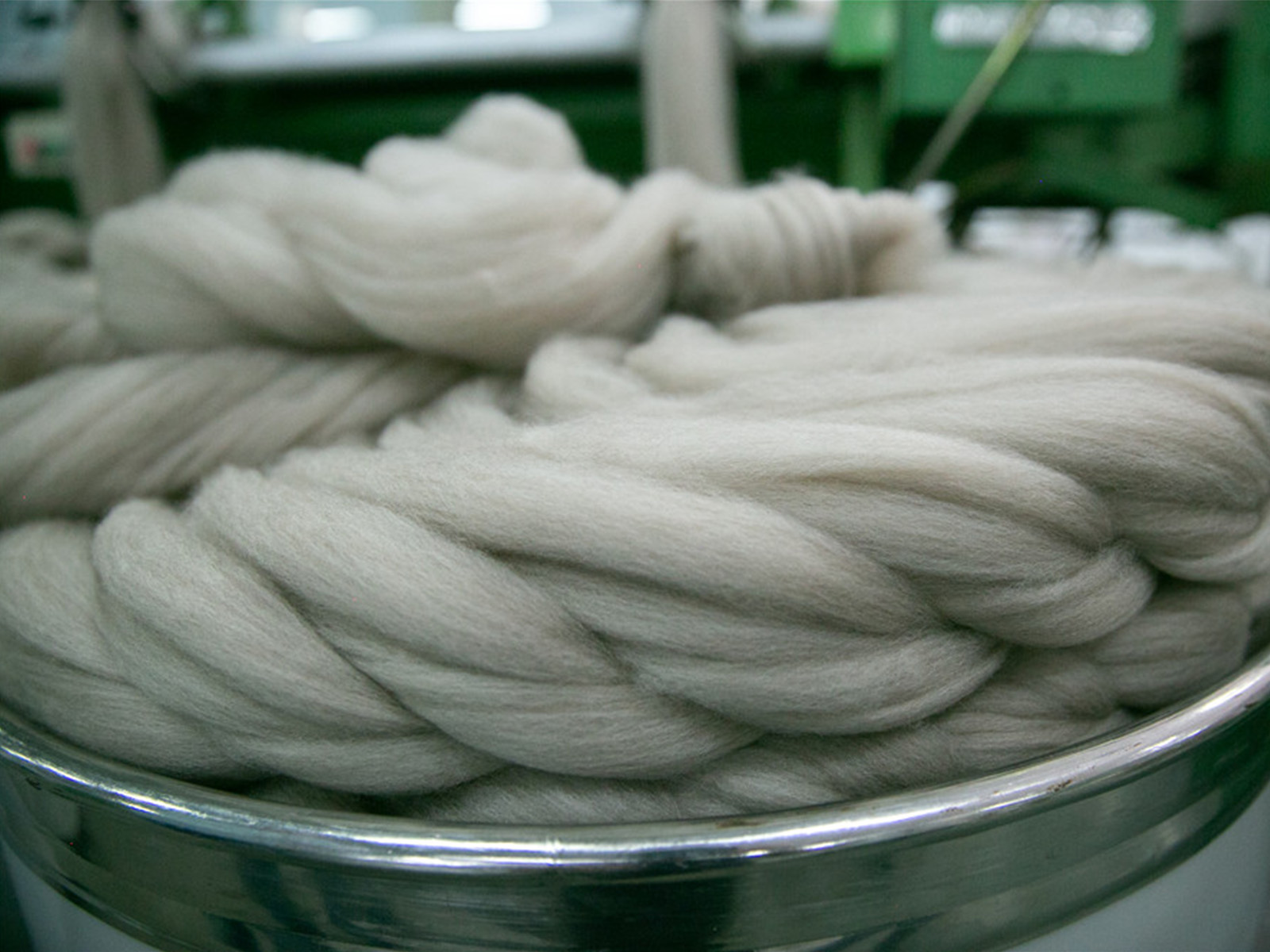
Yarn Spinning
How is Cashmere Yarn Made
Cashmere yarns are made through Spinning, which is the process of making raw cashmere and wool fiber into machine usable yarns. It is considered the dirtiest of all cashmere production processes because it includes scouring the dirty mass of raw fiber.
General Process
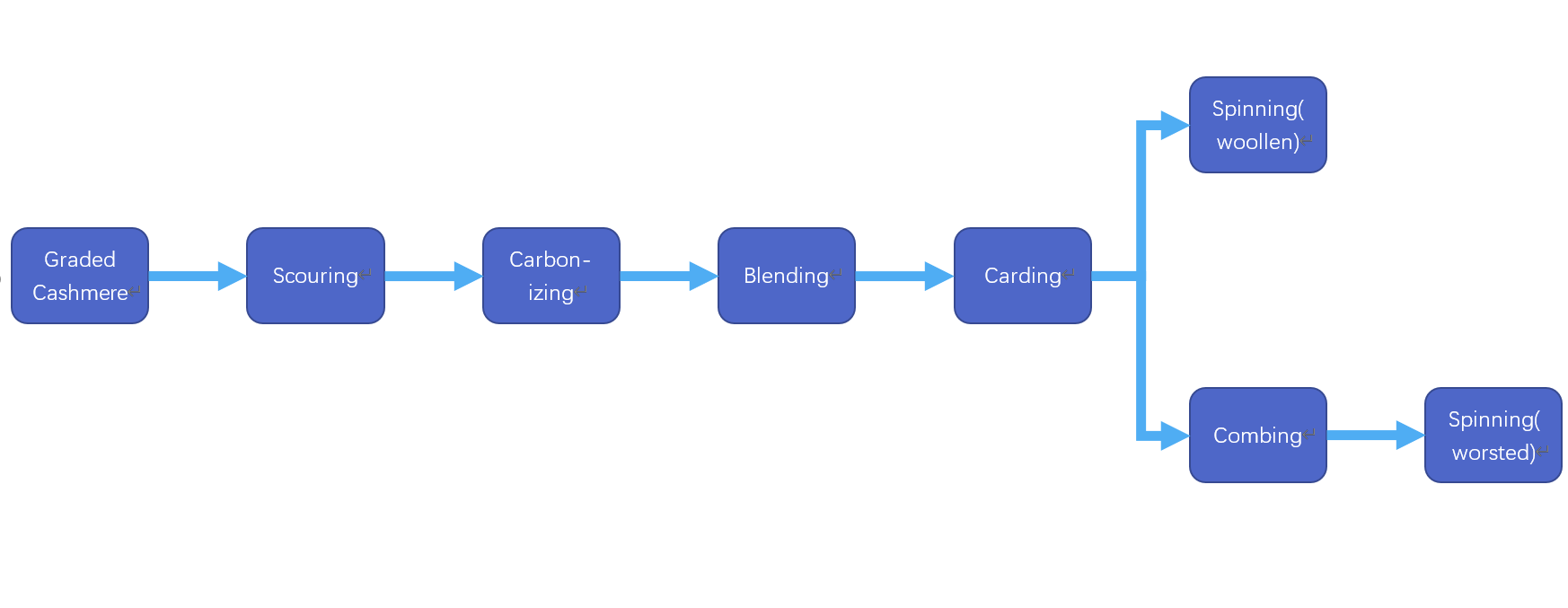
General Processes of Yarn Spinning
Classification of Cashmere Fiber:
Not all cashmere is born equal. Even for a single goat, cashmere from its different body parts varies drastically in quality, so it's necessary to classify the fiber into grades before any further treatment.
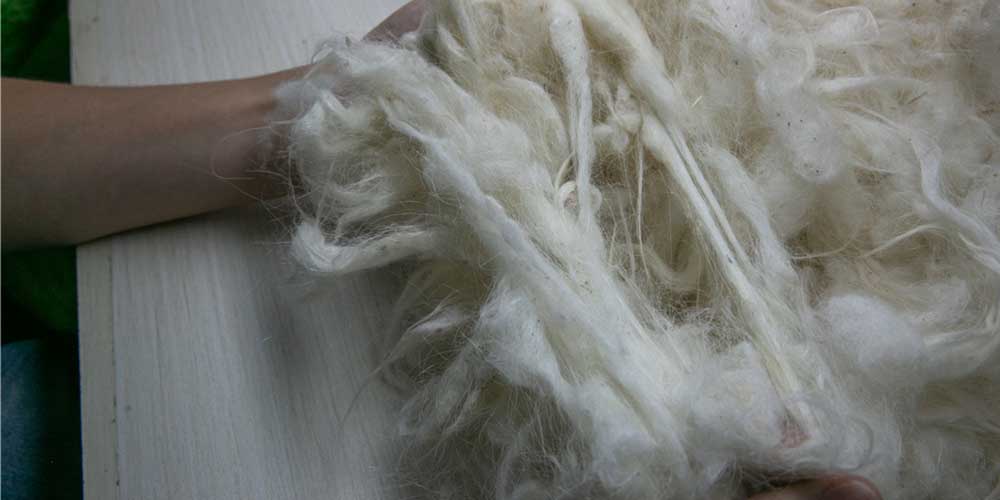
Cashmere Fiber Before Scouring
Broadly, there are two main styles from a perspective of how cashmere fiber is treated. The thinnest and longest fiber is used for worsted yarn to make thin, light, elegant fabrics or garments. Woollen yarn is made from shorter cashmere fiber and results in bulky, textured products.
This is by no means an indication that worsted products are always superior to woollen ones. But rather it's just a matter of style. However, worsted yarn is always more expensive because it requires more procedures and material loss is higher for that reason.
If you haven't checked on how cashmere fiber is collected, click here to have a look.
Scouring:
Like doing laundry, scouring is to remove dirt, stain, and dead skin from raw fiber. More importantly, wax can also be removed when fiber is soaked into warm water with detergent.
Carbonizing:
Simply washing the fiber can't eliminate vegetation impurities such as seeds and grass smithereens. These impurities, which are all cellulose, become brittle when dried with heat after being drenched into dilute acid solution. Then by crushing or blowing, they can be easily removed.
Blending:
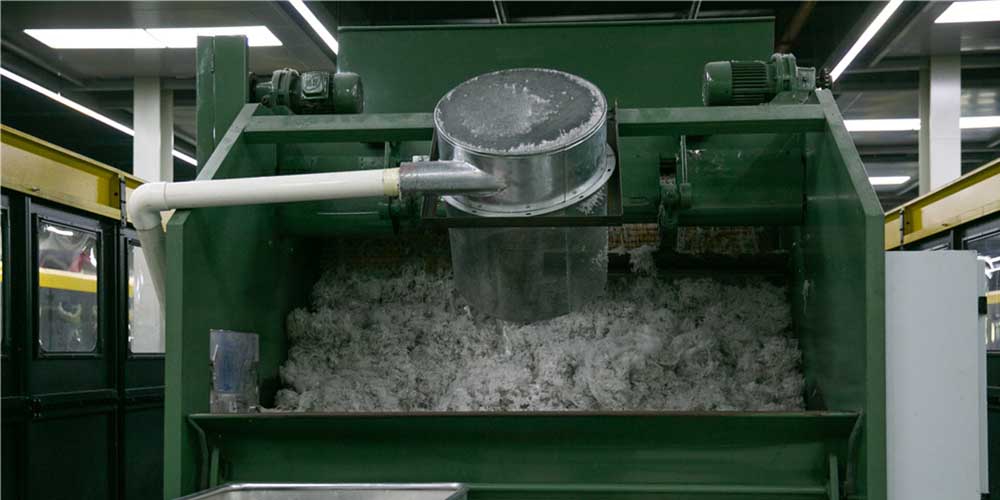
Blended Cashmere Fiber Fed In the Mouth of Carding Machine
This is conducted in a blowroom where different colors, or compositions, of fibers are mixed together. For example, if a mélange middle grey color is needed, 50% white fiber and 50% black fiber might be blended. The same for producing a 30% cashmere 70% wool composition.
In addition to blending, a certain amount of oil is added to fabric to reduce friction and static electricity, and the oil can also be a protective layer for fiber during the production.
Carding:
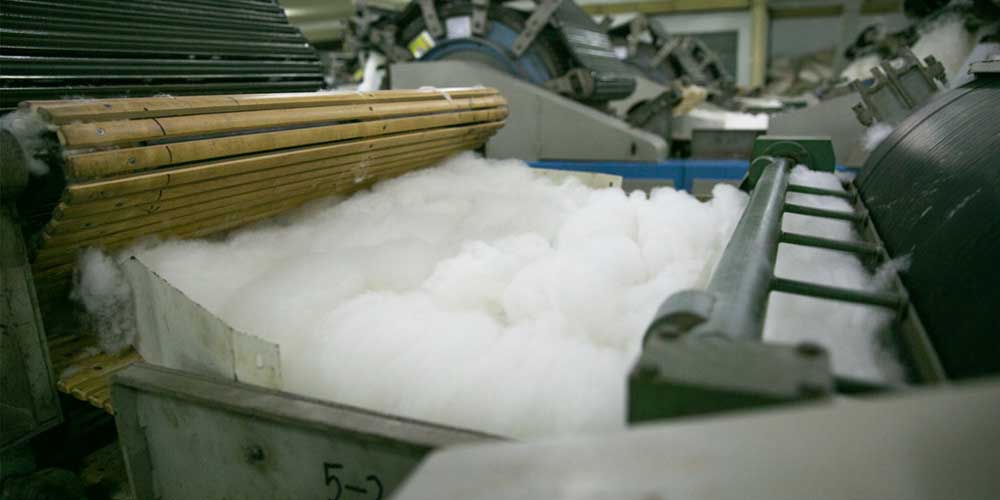
Cashmere Carding
After all the preceding operations, the fiber looks quite messy now with clumps and bundles everywhere. To make it ready for yarn spinning, a carding machine comes into play whose main purposes are opening up the fibers and aligning all of them in one direction.
What carding produces for woollen yarn is “slubbings”, and it is the last process before woollen yarn is spun.
However, what carding produces for worsted yarn is a “sliver”, and some further processes are needed to obtain that refined, top-quality fiber.
Combing(worsted):
Carded fiber is not good enough to spin worsted yarn. It needs to undergo a refining process of combing to eliminate shorter fibers(noils), entangled fibers(neps) and more impurities. The refined sliver is known as “top”, which is further stretched and thinned to form a “roving”.
Spinning:
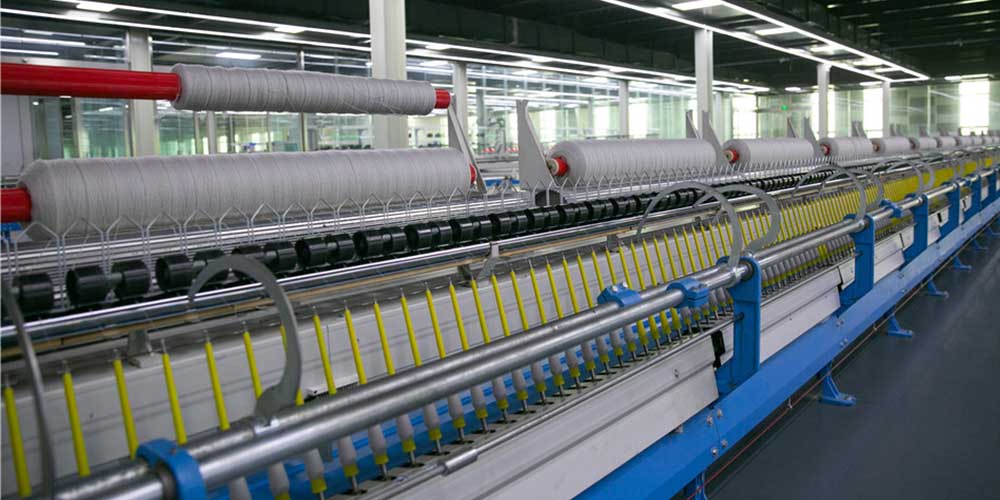
Cashmere Yarn Spinning
Carding and combing have really paved the way for spinning. During spinning, slubbings and rovings are twisted to form yarn threads. With careful calculations, yarns of different thickness and styles can be produced, from thick yarns for bulky sweaters to very thin ones for printed scarves, or special yarns like metallic yarns(by adding synthetic yarn with metallic appearance), dotted yarns(by adding neps of different colors) etc.